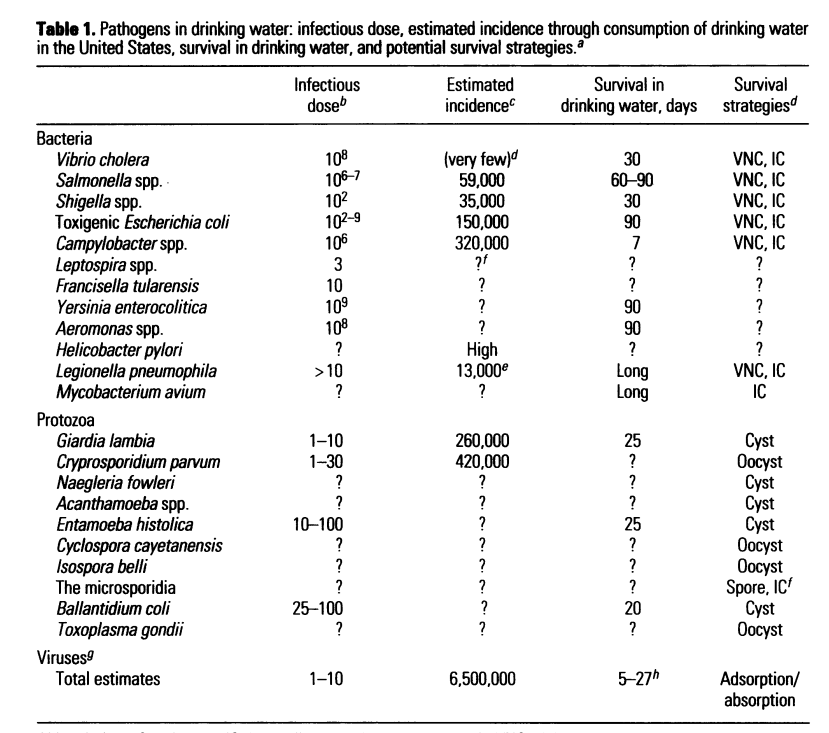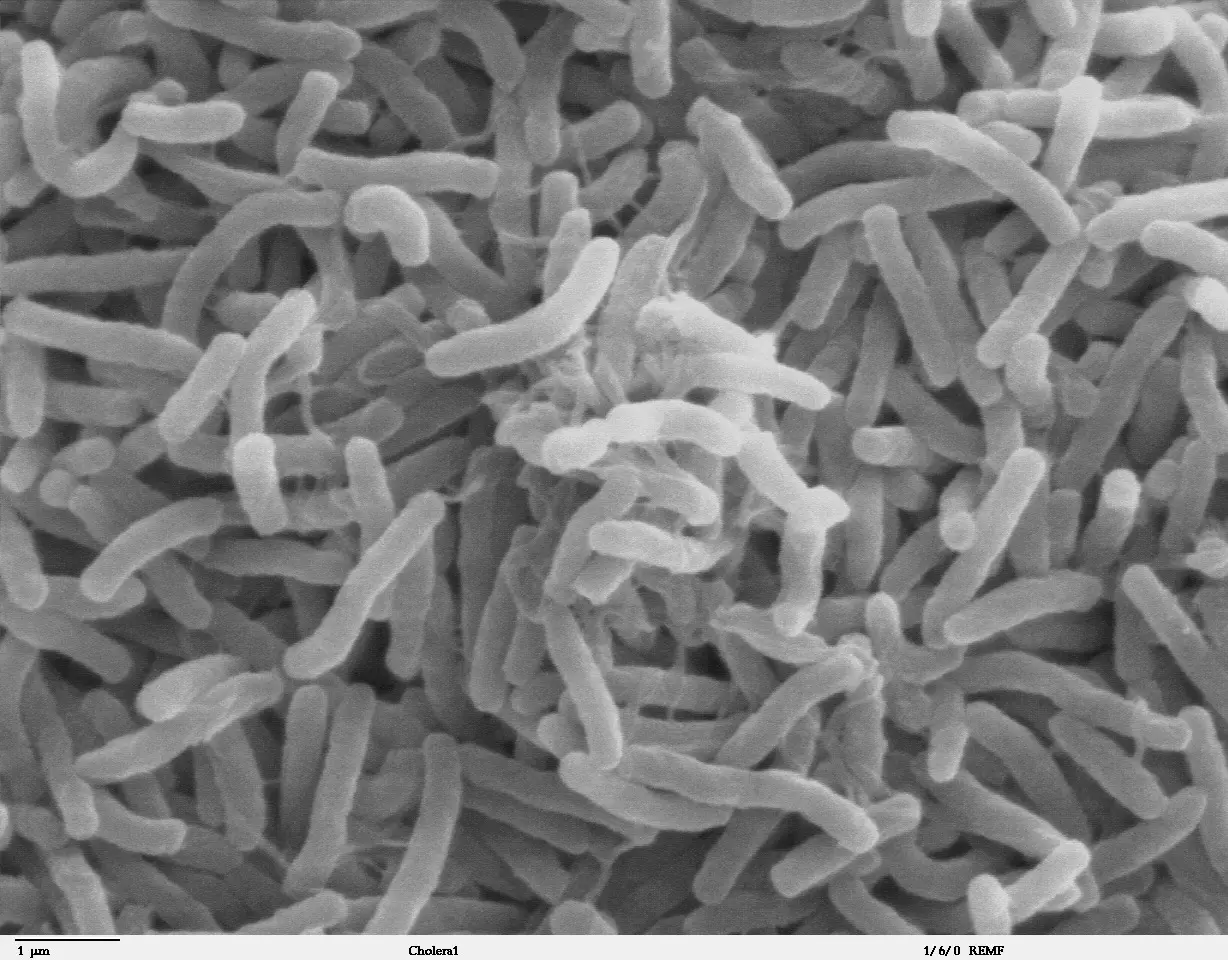Drinking water can carry invisible threats harmful microorganisms that cause diseases ranging from mild diarrhea to life-threatening infections. In this article, we explore the main microbial contaminants found in drinking water, their health effects, and why understanding their behavior is crucial for public health.

Types of Microbial Contaminants
🦠 Bacteria
- Escherichia coli (E. coli) an indicator of fecal contamination.
- Salmonella causes diarrhea, fever, and cramps.
- Legionella thrives in warm water systems, causing Legionnaires’ disease.
- Campylobacter common in surfacebwater, linked to gastrointestinal illness.
🧫 Protozoa
- Giardia intestinalis leads to giardiasis, with prolonged diarrhea.
- Cryptosporidium parvum highly resistant to chlorine, causes cryptosporidiosis.
- Naegleria fowleri a rare but deadly brain-infecting amoeba.
🦠 Viruses
- Hepatitis A affects the liver; spreads via contaminated food/water.
- Norovirus highly contagious, causes vomiting and diarrhea.
- Enteroviruses linked to polio like symptoms and other infections.

Comparative Table of Waterborne Pathogens: Infectious Dose, Incidence, and Survival Strategies
Understanding the risks associated with microbiological contaminants in drinking water involves more than just identifying the pathogens. Key factors include their infectious dose, how frequently they cause illness in the population, how long they can survive in water, and the strategies they use to persist in harsh environments like treatment systems.
Here is a summarized version of data adapted from Ford (1999):
Cholera: A Deadly Threat That Still Haunts Our Water
Cholera might sound like a disease from the past, but it's far from gone. Despite massive advances in medicine and public health, cholera outbreaks still affect millions of people today, especially in areas with poor sanitation and unsafe drinking water.
💧 Cholera: A Historic and Ongoing Threat
Cholera has shaped human history through multiple pandemics, and it hasn’t disappeared. The disease thrives where sanitation is weak, and it spreads fast in the wake of natural disasters like floods. For example, the 1991 cholera outbreak in South America caused over a million cases and thousands of deaths many due to contaminated water supplies.
What makes cholera so persistent?
- Multiple transmission routes: Water sources often double as places for washing, bathing, or even play especially in rural areas. Add funeral practices or poor food hygiene, and the risk increases.
- New strains are emerging: While only two types of the bacteria (Vibrio cholerae O1 and O139) currently cause epidemics, scientists warn that gene swapping between bacterial strains could lead to new, dangerous versions.
- Nature plays a role: Cholera bacteria have been found living with aquatic creatures like shellfish and plankton. Environmental changes, such as warming temperatures or algae blooms, can trigger outbreaks by increasing bacterial populations
.
🌿 Nature’s Role in Cholera
Cholera isn’t just a human problem it has environmental reservoirs:
- V. cholerae can live in copepods (tiny aquatic animals), shellfish, and blue crabs.
- Outbreaks often align with plankton blooms, especially in warm, nutrient-rich waters.
- Climate change and pollution may be making these blooms and cholera outbreak more common.
Drinking untreated water containing even tiny aquatic organisms can be enough to get infected.
🛡️ How Can We Fight Cholera?
Eradicating cholera is nearly impossible due to its environmental reservoirs. But major progress can be made with:
- Clean water access
- Proper sanitation and sewage treatment
- Public education
- Oral cholera vaccines
- Rapid emergency response during outbreak
📚 Access the detailed study on cholera (PDF)

